



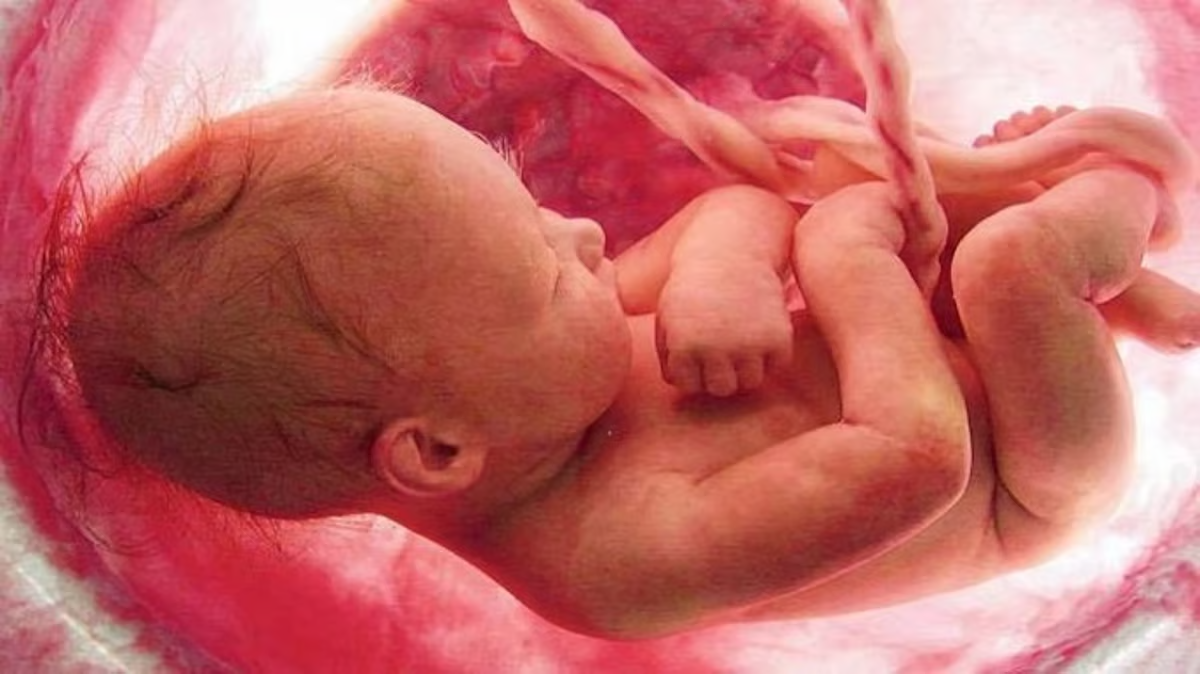

Copyright infringement not intended
Picture Courtesy: https://www.pratidintime.com/technology/indian-researchers-develop-accurate-fetal-age-model-for-pregnancy-care
Context: Researchers at the Indian Institute of Technology-Madras and the Translational Health Science and Technology Institute have developed Garbhini-GA2, the first India-specific AI model to accurately determine gestational age (GA) of a fetus in the second and third trimesters.
Details
Key Points about Garbhini-GA2
|
Garbhini-GA2 |
|
|
What is it? |
An artificial intelligence (AI) model was developed specifically for India to accurately determine the age of a fetus in the later stages of pregnancy. |
|
Why is it needed? |
Current models designed for Western populations can be less accurate when used for the Indian population due to variations in fetal growth. |
|
How does it work? |
It uses advanced data science and machine learning techniques on Indian population data to make more precise predictions. |
|
What is the benefit? |
It allows doctors to provide better prenatal care, know the due date more accurately, and make decisions that could improve outcomes for mothers and babies. |
Conclusion
|
PRACTICE QUESTION Q. Which of the following statements accurately describes the GARBHINI-GA2 project? A) It's a large-scale initiative by the Indian government to promote digital literacy among rural women. B) It's a public-private partnership aimed at developing and deploying an AI-powered platform for early detection of cervical cancer in pregnant women. C) It's a research project focused on understanding the factors influencing maternal mortality in low-resource settings. D) It's a social welfare program providing financial assistance to expectant mothers in India. Answer: D Explanation: Option (A) is incorrect as GARBHINI-GA2 doesn't specifically target digital literacy among rural women. Option (B) is incorrect as the AI platform is for detecting gestational diabetes mellitus, not cervical cancer. Option (C) is partially incorrect while the project does aim to reduce maternal mortality, its focus is on gestational diabetes mellitus, not general factors. Option (D) is correct as GARBHINI-GA2 is a public-private partnership aiming to develop and deploy an AI-based platform for early detection of gestational diabetes mellitus (GDM) in pregnant women, leveraging SMS-based communication and healthcare worker engagement to improve pregnancy outcomes. |
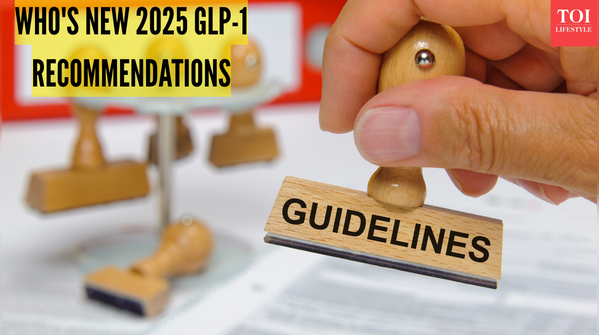
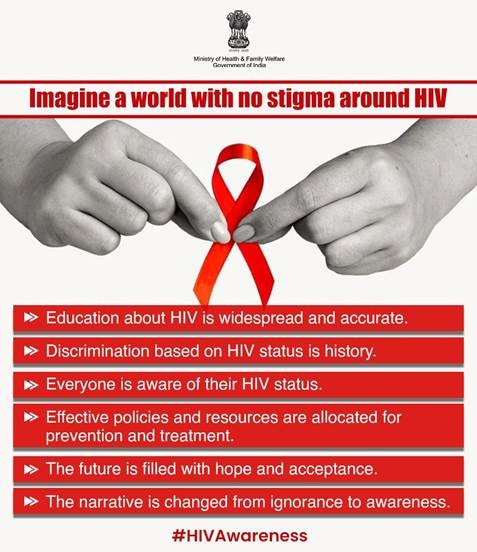

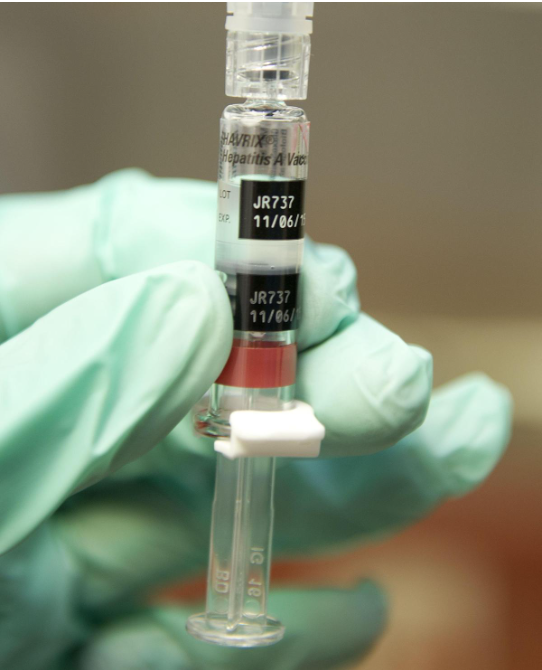
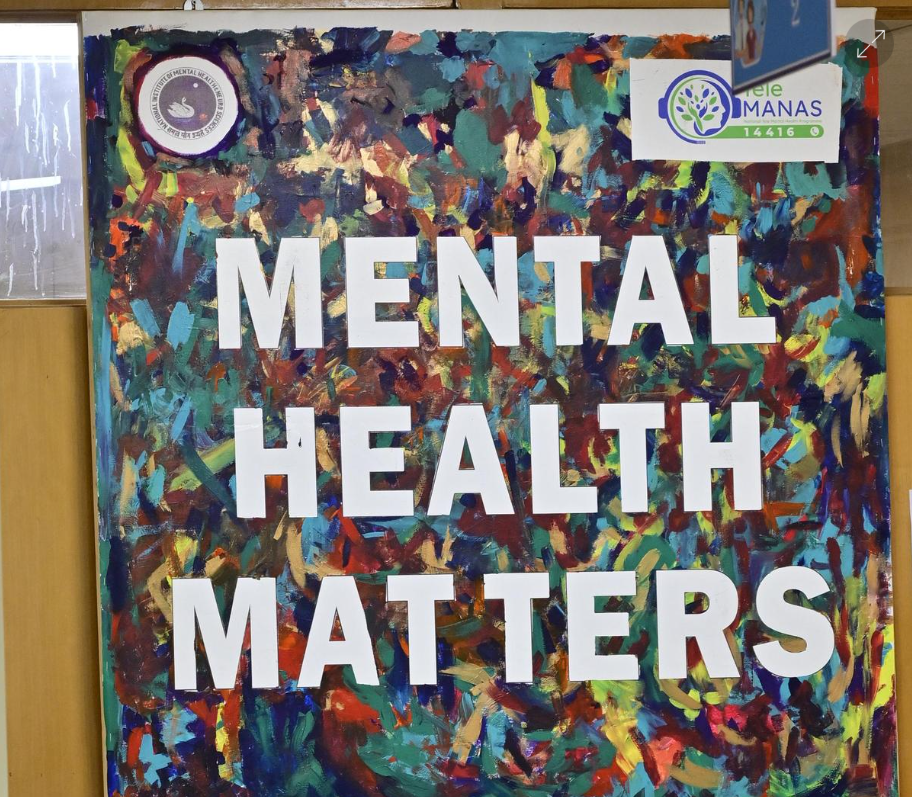

© 2025 iasgyan. All right reserved